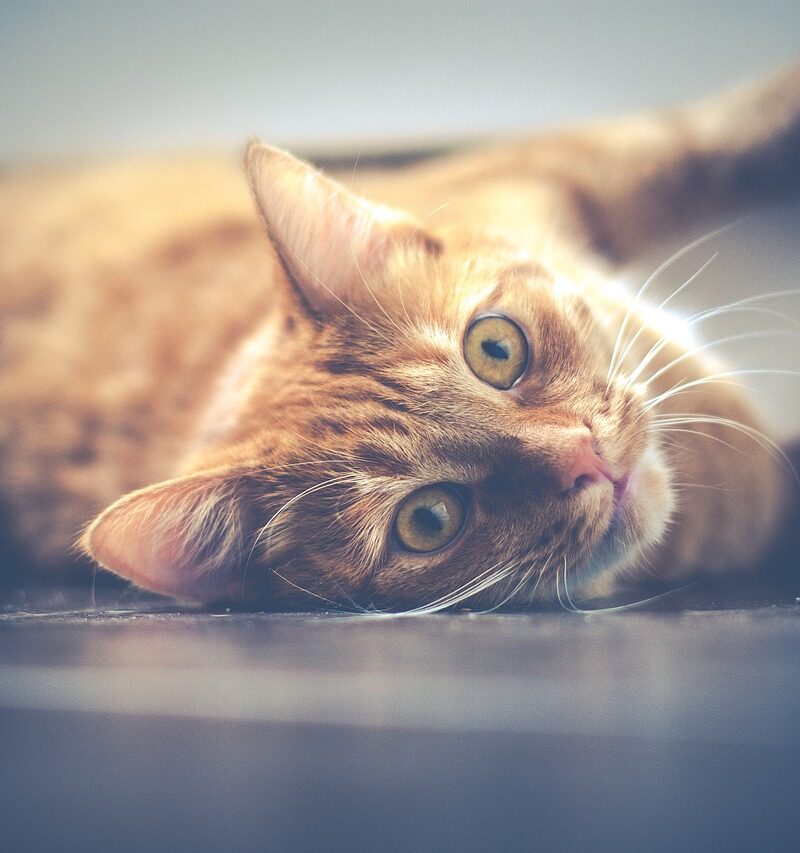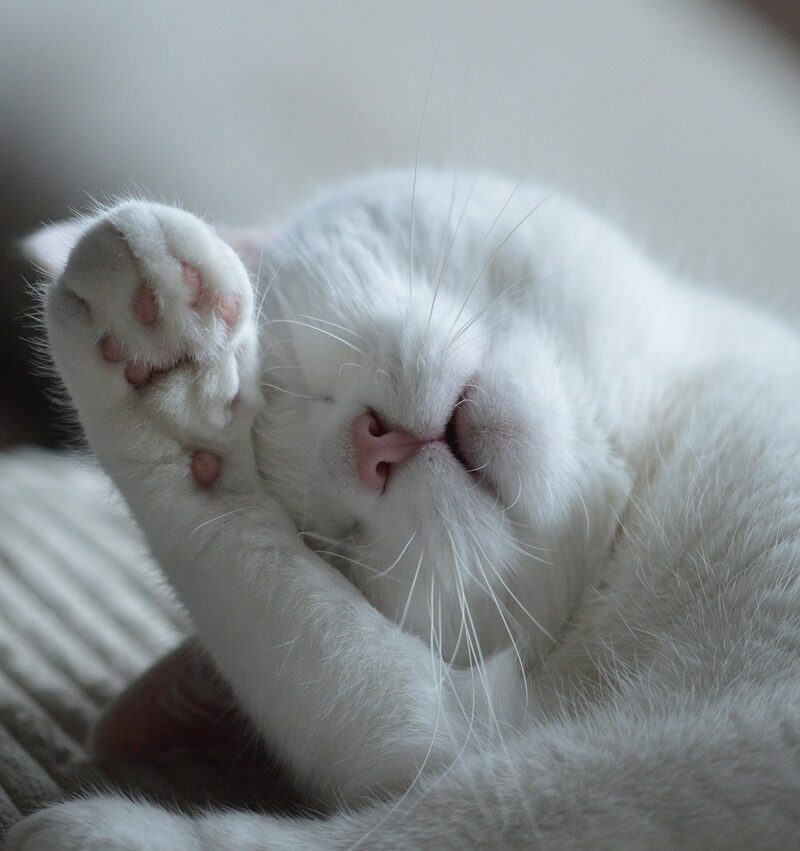The Cat Loaf Pose: Unraveling the Quirky Comfort of Feline Loafing
Cats are known for their enigmatic behaviors, and one that often captures the attention and amusement of cat lovers worldwide is the “loaf” pose. This peculiar stance, where a cat tucks their paws underneath their body and resembles a freshly baked loaf of bread, has become an internet sensation. But why do cats loaf? In this blog post, we’ll delve into the reasons behind this endearing and seemingly cozy posture, exploring its significance, comfort factor, and the possible messages our feline companions convey through their loafing tendencies.
The Loaf Pose: What Is It?
Picture a cat with its paws neatly tucked under its body, creating a seamless, compact loaf-like shape. This pose has captured the fascination of cat enthusiasts and social media users, leading to a plethora of adorable cat loaf pictures and memes. Despite its popularity, the reasons behind this pose aren’t always immediately apparent.
Comfort and Warmth: The Cozy Cat Bread Basket
One prevailing theory behind the cat loaf pose is the sheer comfort it provides. Cats are skilled at seeking out warm and snug spots, and the loaf position offers them a way to conserve body heat. By curling up tightly, cats can retain more of their body warmth, a crucial survival tactic inherited from their wild ancestors.
Observing Their Surroundings: Vigilant Loafing
The loaf pose might appear adorable, but it’s not just about comfort. Cats are inherently cautious creatures, and loafing can be an advantageous position for observing their environment. When a cat is in loaf mode, they can quickly transition to action if they sense any potential threats or interesting movements around them. This vigilance is a manifestation of their survival instincts, honed over generations of predator-prey interactions.
Stretching and Flexibility: Loafing as a Transition
Cats are masters of flexibility, capable of fitting into surprisingly small spaces. The loaf pose can also serve as a transition stance. After a nap or a period of rest, a cat might stretch its legs before getting up and resuming its activities. The loaf pose allows them to easily transition from rest to movement without the need for a more elaborate stretch.
Communication and Social Cues: Body Language of Loafing
Beyond comfort and practicality, the loaf pose might also serve as a form of feline communication. Cats communicate extensively through body language, and the way they position themselves can convey their mood and intentions. By loafing, a cat might be sending a message of relaxation, contentment, or trust in their surroundings. It’s almost as if they’re saying, “I’m at ease here.”
Anxiety and Stress Relief: Loafing for Comfort
Cats can experience stress and anxiety, especially in unfamiliar or unsettling environments. The loaf pose could be a way for cats to self-soothe and cope with stress. By curling up in this posture, they create a secure and enclosed feeling that can provide a sense of comfort during challenging times.
Age and Mobility: Loafing for Aging Cats
As cats age, their bodies might experience changes in mobility and comfort. The loaf pose could become a preferred resting position for senior cats as it requires less effort to get into compared to other more elaborate poses. This adaptable posture ensures that even aging cats can find comfort in various situations.
The Bottom Line: Celebrating Feline Individuality
Understanding the myriad reasons behind the cat loaf pose highlights the complexity of our feline companions. While the cozy comfort and vigilance aspects are universal, each cat’s decision to loaf might be influenced by a blend of physical comfort, emotional security, and individual personality. As cat lovers, we can revel in the adorable loafing moments our furry friends gift us while marveling at the unique ways they express themselves through this endearing and iconic stance. Whether they’re loafing for warmth, observing their domain, or simply relaxing, the loaf pose is a testament to the captivating nature of our beloved feline companions.

